Sly and the Family Stone cemented themselves as icons of late 1960s San Francisco with their inclusive, forward-thinking, and intensely idealistic ethos. Their music, a vibrant fusion of psychedelic rock, potent funk, and uplifting sunshine pop, positioned them at the heart of converging cultural shifts, earning them a series of chart-topping hits. Just as they appeared poised for even greater heights, Sly Stone retreated socially and psychologically, only to resurface in 1971 with a darker, more introspective sound. While the original lineup wouldn’t last much longer, their brief but impactful run redefined the landscape of pop music. Were Sly and the Family Stone a leading funk ensemble? A pivotal rock band? Or a groundbreaking pop group? They were all of the above, seamlessly blending genres and breaking down musical barriers.
The Beau Brummels, “Laugh, Laugh” (1965)
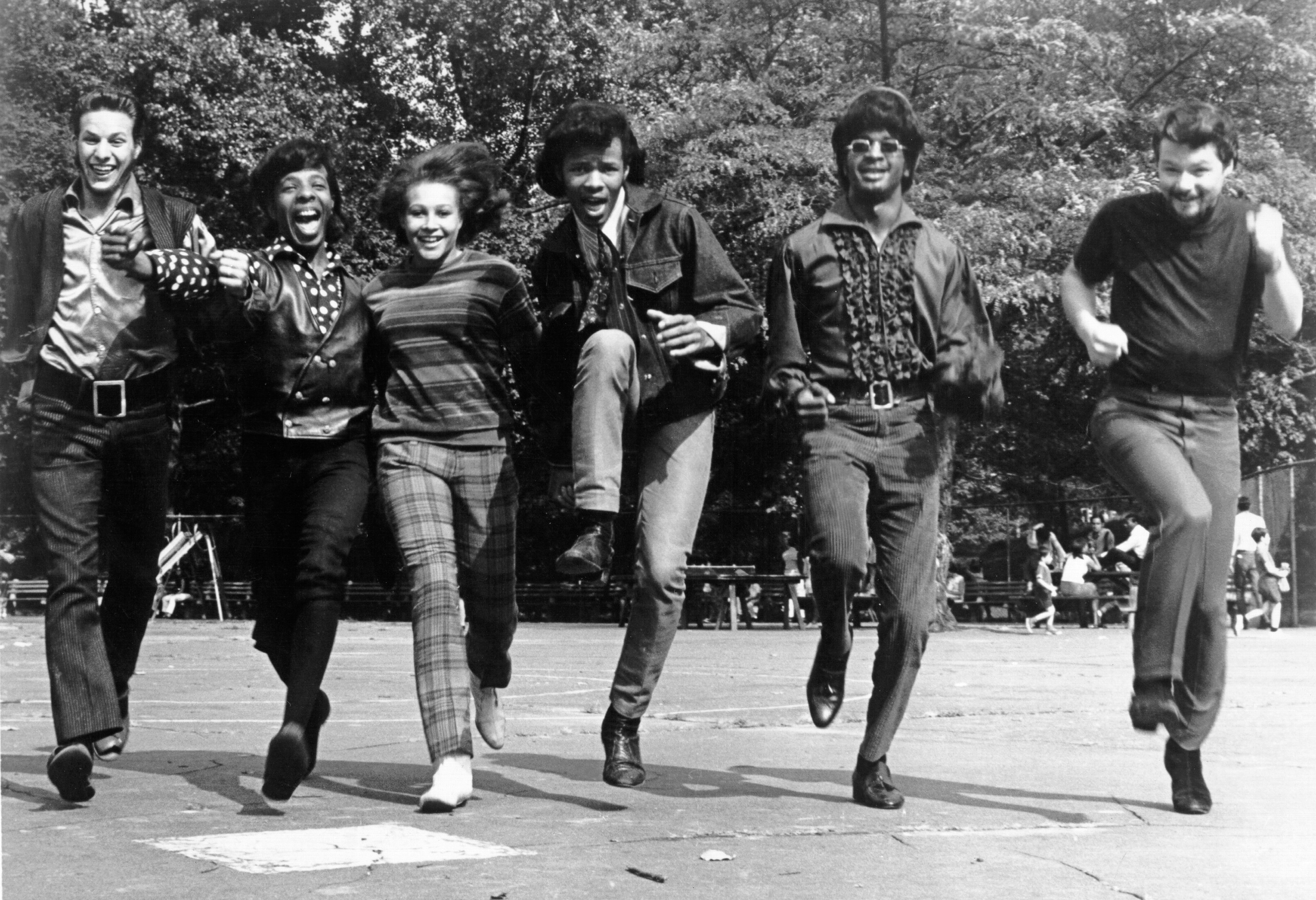 Sly Stone producing Laugh Laugh for The Beau Brummels in 1965
Sly Stone producing Laugh Laugh for The Beau Brummels in 1965
Image Credit: Michael Ochs Archives/Getty
“Rock Dirge” (circa 1965)
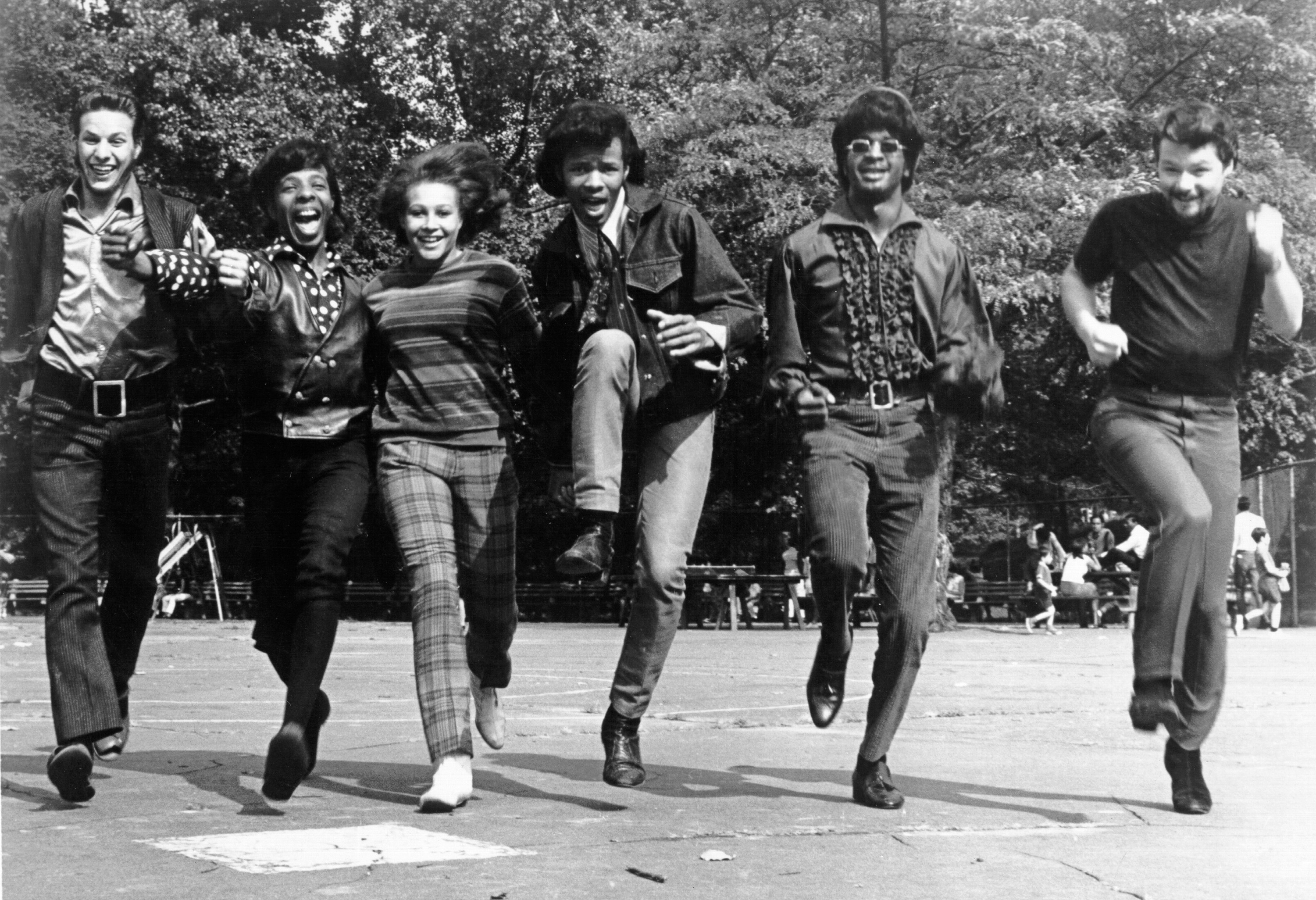 Sly Stone experimenting with instrumental music circa 1965
Sly Stone experimenting with instrumental music circa 1965
Image Credit: Michael Ochs Archives/Getty
During Sly Stone’s brief tenure at Autumn Records, he utilized their studios to experiment with his own musical ideas, including this instrumental track, “Rock Dirge,” likely created around 1965. Stone was a self-taught multi-instrumentalist, proficient in playing various instruments, including the organ featured prominently in this track. “Rock Dirge,” along with other experimental recordings from this period, eventually surfaced on a 1975 compilation of Stone’s early works. The song was later released as a seven-inch single, gaining popularity among breakbeat DJs. This instrumental piece offers a glimpse into Sly Stone’s early explorations of funk and rhythm, showcasing the foundational elements that would become hallmarks of Sly and the Family Stone songs. It highlights his experimental nature and his drive to push musical boundaries even before forming his iconic band.
“I Ain’t Got Nobody” (1967)
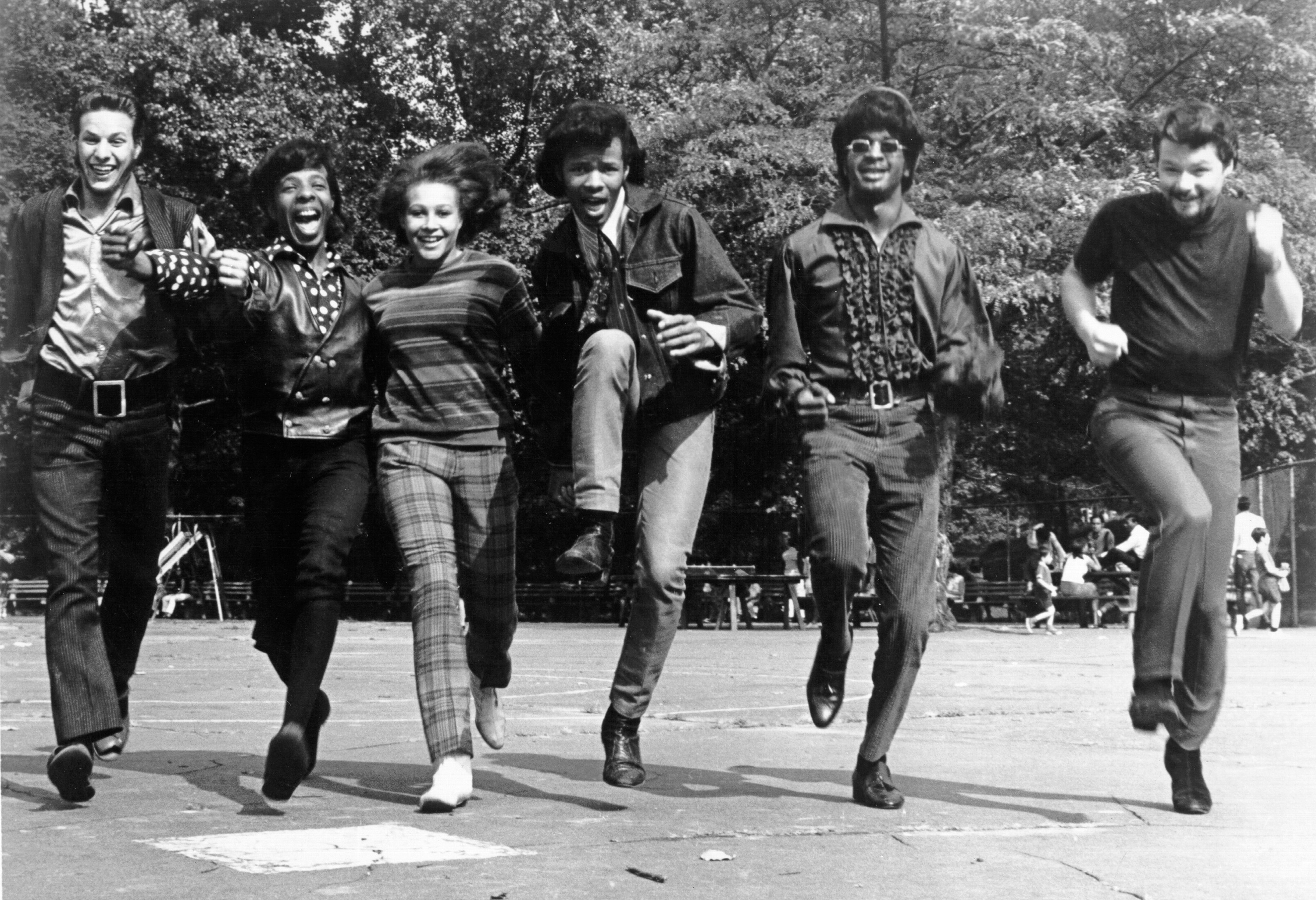 Sly and the Family Stone performing I Ain't Got Nobody in 1967
Sly and the Family Stone performing I Ain't Got Nobody in 1967
Image Credit: Michael Ochs Archives/Getty
Utilizing the earnings from his work with Autumn Records, Sly Stone established a home for himself and his family in Daly City, just south of San Francisco. It was here that the Family Stone band began to solidify in the mid-1960s. Their inaugural official release was this single, “I Ain’t Got Nobody,” for the local Loadstone label. Characterized by its catchy, upbeat rhythm and intricate vocal harmonies, the song now sounds like a formative blueprint for the distinctive style that would fully materialize in the group’s subsequent hits. “I Ain’t Got Nobody” achieved regional recognition, bringing the group to the attention of Epic Records, who signed Sly and the Family Stone in the same year. This early single is crucial in understanding the evolution of Sly and the Family Stone songs, marking the nascent stages of their signature sound and integrated band dynamic.
“Underdog” (1967)
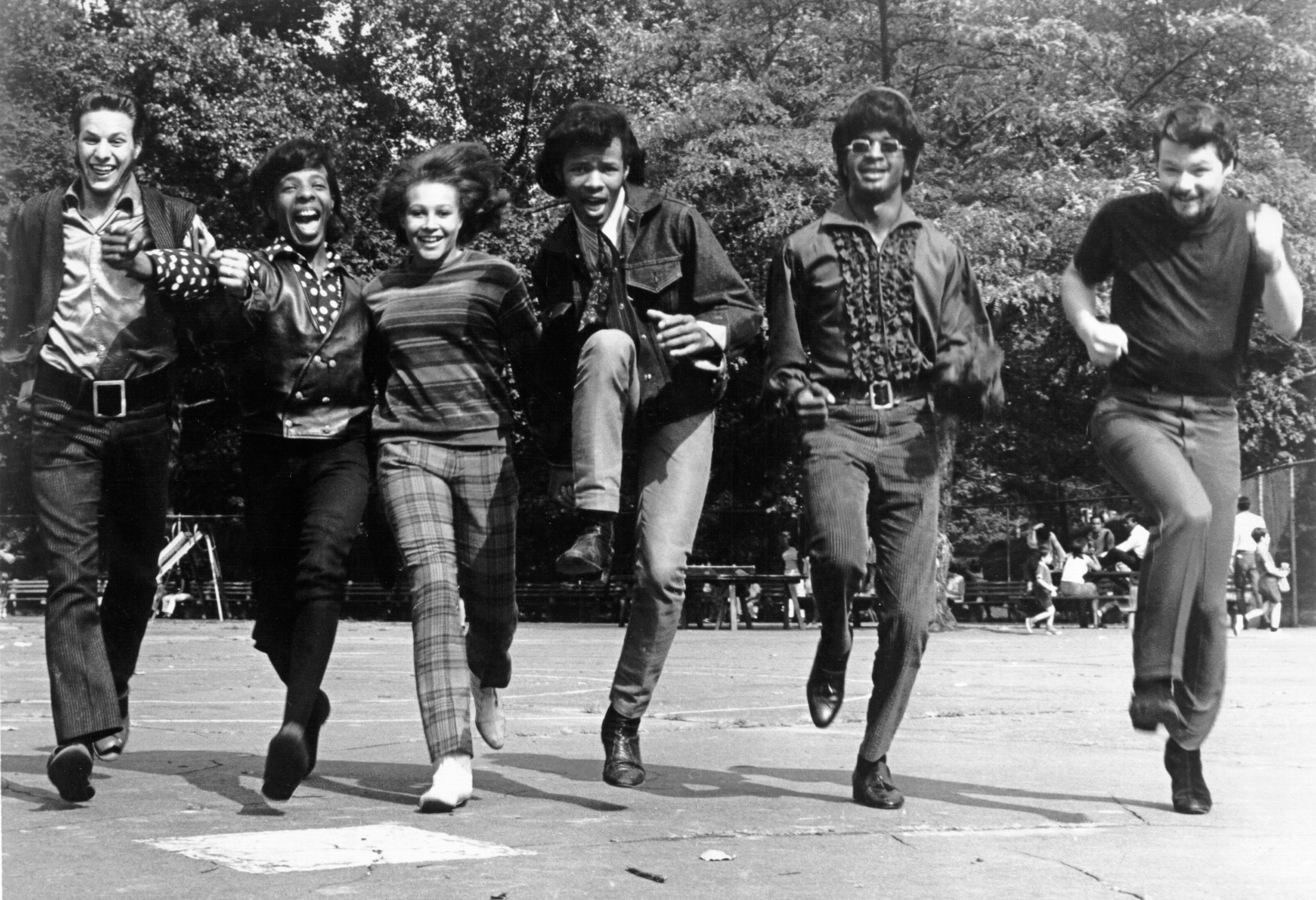 Sly and the Family Stone in their early days promoting Underdog
Sly and the Family Stone in their early days promoting Underdog
Image Credit: Michael Ochs Archives/Getty
As the debut single and opening track of their first album, A Whole New Thing, “Underdog” served as a boisterous introduction to Sly and the Family Stone. Intriguingly, it begins with saxophonist Jerry Martini’s languid riff on the children’s tune “Frère Jacques” before transitioning into a full-blown acid rock jam featuring driving horns, dramatic choral shouts, and a defiant social message about underdogs striving for recognition. George Clinton, in conversation with official Family Stone biographer Jeff Kaliss, expressed that listening to “Underdog” felt like “they were speaking directly to you personally.” The song and its album represented the group’s creative pinnacle at that point, though not a commercially successful one initially. While it didn’t propel Family Stone to national fame immediately, that breakthrough moment was on the horizon. “Underdog” is a powerful early example of Sly and the Family Stone songs, showcasing their unique blend of musical styles and socially conscious lyrics.
“Dance to the Music” (1968)
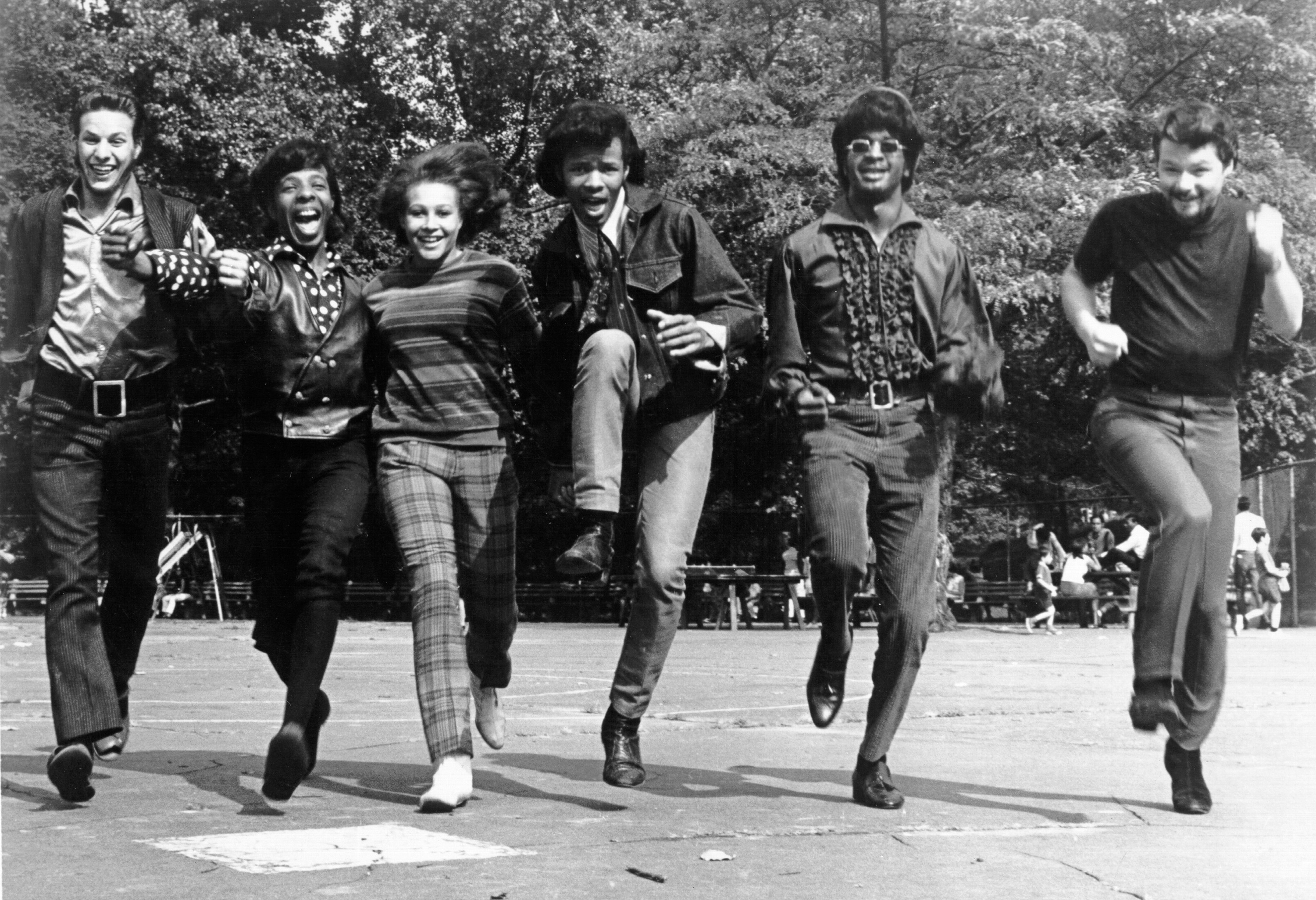 Sly and the Family Stone performing Dance to the Music in 1968
Sly and the Family Stone performing Dance to the Music in 1968
Image Credit: Michael Ochs Archives/Getty
“Dance to the Music,” a Sly Stone composition highly likely to be featured on a 1980s TV-advertised compilation, became the group’s first Top 10 hit by the spring of 1968. Recorded under the insistent guidance of Clive Davis, the single’s exuberant and infectious energy compensated for its lyrically simple nature, which essentially narrates the instruments being added to the groove – drums, then guitar, bass, and so on. Within the band, reactions to the song and the album of the same name were mixed. Saxophonist Jerry Martini, in an interview with oral historian Joel Selvin, remarked, “It was so unhip to us. The beats were glorified Motown. We did the formula thing.” However, engineer Don Pulese, as quoted by journalist Miles Marshall Lewis, recalled Sly himself saying about the single, “that’s the best bass and drum sounds I’ve ever got.” Despite internal reservations, “Dance to the Music” remains one of the most recognizable and celebrated Sly and the Family Stone songs, defining their energetic stage presence and crossover appeal.
“Dynamite” (1968)
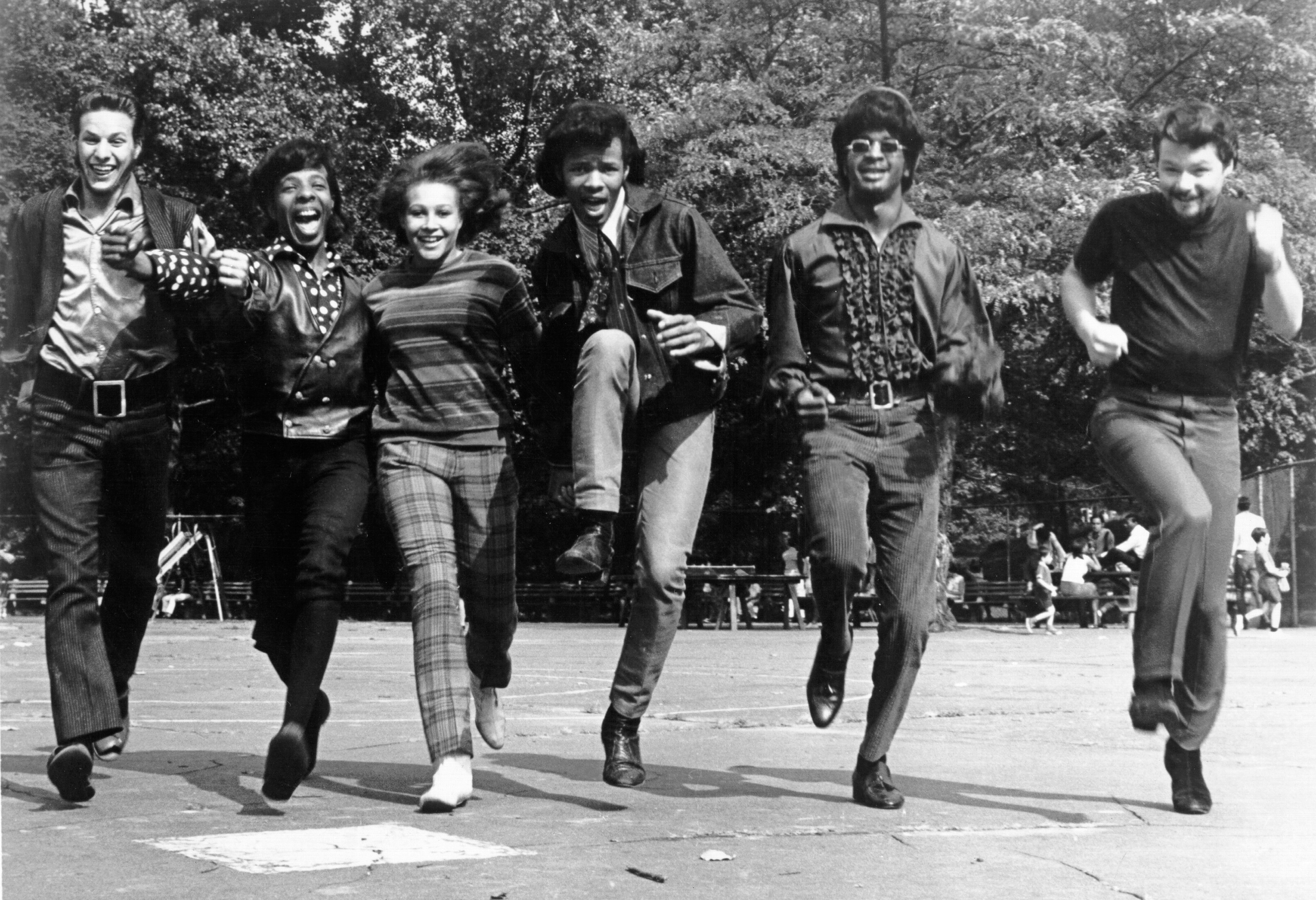 Sly and the Family Stone during the Life era in 1968
Sly and the Family Stone during the Life era in 1968
Image Credit: Michael Ochs Archives/Getty
Life was an album often overshadowed by the breakthrough success of “Dance to the Music” and the later masterpiece Stand! Yet, despite its comparative commercial underperformance, Life resonated with critics, particularly Rolling Stone‘s Barret Hansen (also known as Dr. Demento), who hailed it as “the most radical soul album ever issued.” Hansen was particularly captivated by the group’s “element of surprise.” Tracks like the psychedelic “Dynamite” and the carnivalesque title track showcased unpredictable shifts in arrangement, with sudden sonic openings and closings while the Family’s vocalists traded lead vocals. As trumpeter Cynthia Robinson shared with Ebony magazine shortly before her passing in November, “We were free to adlib things. Sly would cut things off in a different way than the real recordings; he’d just stop it and go into something else.” “Dynamite” exemplifies the experimental and dynamic nature of Sly and the Family Stone songs from the Life album, highlighting their innovative approach to soul music.
“Everyday People” (1969)
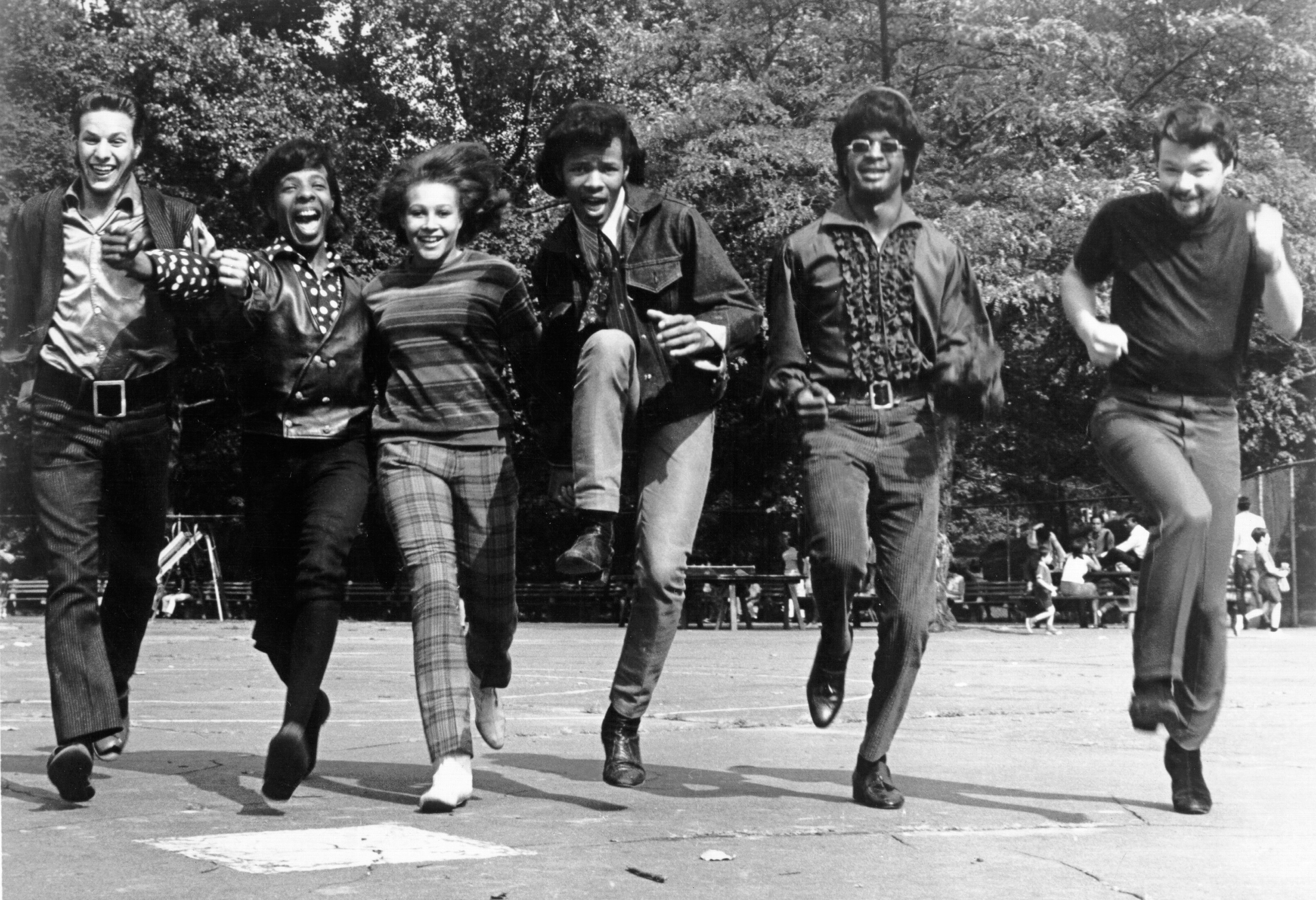 Sly and the Family Stone performing Everyday People in 1969
Sly and the Family Stone performing Everyday People in 1969
Image Credit: Michael Ochs Archives/Getty
“The events unfolding across the nation changed us as individuals,” Freddy Stone reflected in a 2013 interview with Wax Poetics. “We started having conversations amongst ourselves, and Sly, being the genius he was, channeled these thoughts into songs.” The resulting album, Stand!, absorbed the intense energies of the era’s political and musical upheavals, delivering an LP so potent that over half of its tracks were re-released just a year later on the group’s Greatest Hits compilation. “Everyday People” stands as the group’s quintessential song from this period, a jubilant and utopian anthem advocating for unity through embracing diversity. Its timeless message and catchy melody solidified “Everyday People” as one of the most beloved Sly and the Family Stone songs, resonating deeply with audiences across generations.
“Sing a Simple Song” (1969)
 Sly and the Family Stone during the Stand! era in 1969
Sly and the Family Stone during the Stand! era in 1969
Image Credit: Michael Ochs Archives/Getty
While “Everyday People” was undeniably a feel-good pop hit, the B-side of this best-selling single, “Sing a Simple Song,” showcased a blistering funk intensity. As energetic and aggressive as anything James Brown and his band were producing, the song also found Sly experimenting with studio techniques, including stereo panning to separate instruments into distinct channels. Greg Errico, whose dynamic drum work on the track would be heavily sampled decades later, told interviewer Eric Sandler in 2013, “The track was laid so down to the bone, and we all knew it was. You could feel it.” “Sing a Simple Song” demonstrates the raw funk power within Sly and the Family Stone songs, contrasting with their more pop-oriented hits and highlighting their versatility.
“Don’t Call Me Nigger, Whitey” (1969)
 Sly and the Family Stone performing Don't Call Me Nigger Whitey in 1969
Sly and the Family Stone performing Don't Call Me Nigger Whitey in 1969
Image Credit: Michael Ochs Archives/Getty
Elsewhere on Stand!, Sly and the Family Stone presented their social commentary through varying degrees of metaphor, but with “Don’t Call Me Nigger, Whitey,” they left little room for ambiguity. Clocking in at nearly six minutes, the song is almost entirely hook-driven (except for a brief verse by Rose Stone), and its stark, defiant tone sharply contrasts with the album’s generally more optimistic atmosphere. The song is also notable for its futuristic vocoder effects and distorted instrumentation, predating and foreshadowing the emergence of the P-Funk Mothership by half a decade. “Don’t Call Me Nigger, Whitey” is a bold and confrontational example of Sly and the Family Stone songs, showcasing their willingness to tackle controversial issues head-on and experiment with sonic textures.
“I Want to Take You Higher” (1969)
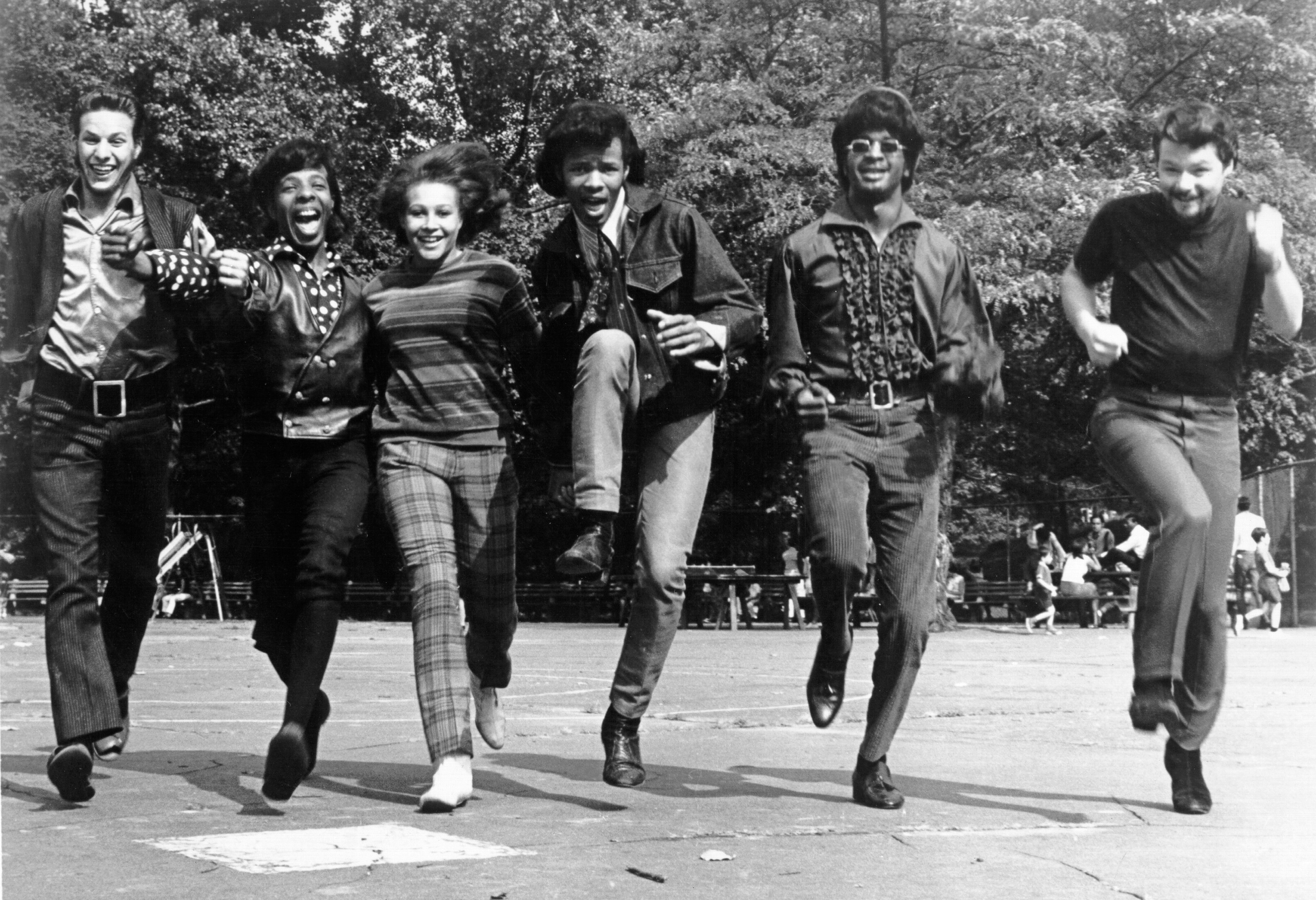 Sly and the Family Stone electrifying Woodstock with I Want to Take You Higher in 1969
Sly and the Family Stone electrifying Woodstock with I Want to Take You Higher in 1969
Image Credit: Michael Ochs Archives/Getty
Fittingly, this song, now recognized as a highlight of Woodstock’s legendary performances, originated at another pivotal Family Stone concert: the 1968 Fillmore East show. The original “Higher,” a somewhat jerky album track from Dance to the Music, was part of their set, and during that performance, the group began improvising, adding the crucial line, “I wanna take you higher.” By the time of Stand!, the song had evolved into a more deliberate, powerful anthem that promised to elevate listeners to a higher plane, whether they were ready or not. “I Want to Take You Higher” became a signature song for Sly and the Family Stone, embodying their electrifying live performances and their ability to connect with audiences on a spiritual level through their music. It remains one of the most iconic Sly and the Family Stone songs, particularly known for its Woodstock performance.
“Hot Fun in the Summertime” (1969)
 Sly and the Family Stone enjoying Hot Fun in the Summertime in 1969
Sly and the Family Stone enjoying Hot Fun in the Summertime in 1969
Image Credit: Michael Ochs Archives/Getty
Epic Records, eager to capitalize on the group’s incandescent Woodstock performance, released “Hot Fun in the Summertime” as a standalone single in August 1969. In contrast to the social messages of Stand!, “Hot Fun” delivered precisely what its title suggested: a joyful summer anthem filled with gentle nostalgia and a rare instance of Stone incorporating a string section. Critics generally viewed it as a pleasant but lightweight piece – Rolling Stone’s Jon Landau likened it to “a hard version of the Lettermen” – but years later, George Clinton praised it as “proof that funk could be a pop standard.” Despite initial critical reactions, “Hot Fun in the Summertime” became another hit for Sly and the Family Stone, demonstrating their range and ability to craft both socially conscious anthems and lighthearted pop tunes. It stands as a testament to the diversity within Sly and the Family Stone songs.
“Thank You (Falettinme Be Mice Elf Agin)” (1970)
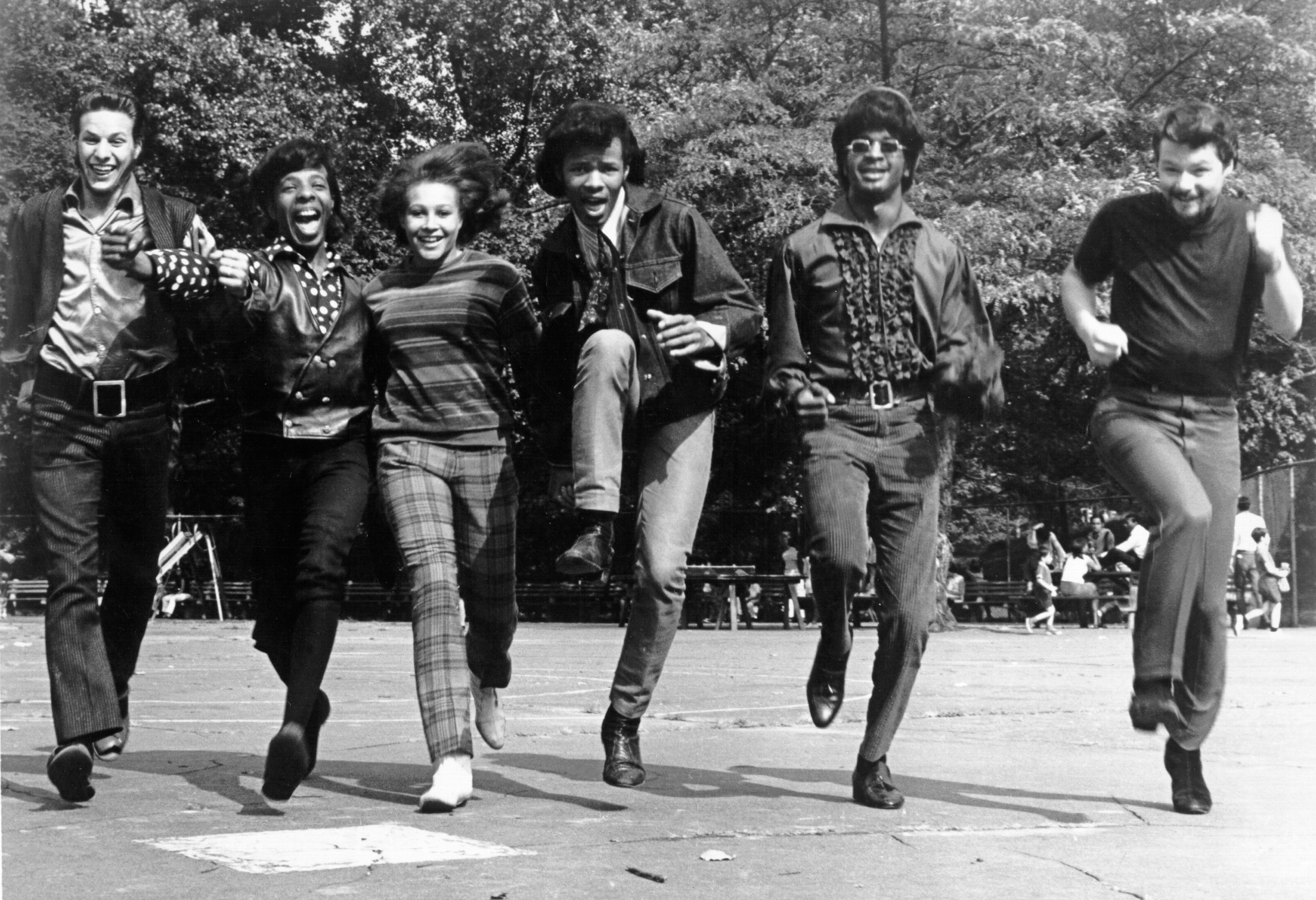 Larry Graham's bass revolutionized funk in Thank You Falettinme Be Mice Elf Agin in 1970
Larry Graham's bass revolutionized funk in Thank You Falettinme Be Mice Elf Agin in 1970
Image Credit: Michael Ochs Archives/Getty
“Thank You” would have been memorable solely for Sly’s unique, phonetic title, but the song’s lasting legacy primarily rests on the bass playing of Larry Graham. His innovative “thunkin’ and pluckin'” technique revolutionized the role of the bass as a lead instrument in R&B. Music writer and scholar Ricky Vincent even stated that “‘Thank You’ introduced the Decade of Funk,” possibly more than any other record. The groundbreaking bassline in “Thank You” is a defining element of Sly and the Family Stone songs, influencing countless musicians and solidifying the song’s place in music history. It is a pivotal track that showcases the band’s innovation and lasting impact on funk music.
“Everybody Is a Star” (1970)
 Sly and the Family Stone promoting Everybody Is a Star in 1970
Sly and the Family Stone promoting Everybody Is a Star in 1970
Image Credit: Michael Ochs Archives/Getty
It speaks volumes about the Family Stone’s influence and popularity in 1970 that a compilation album intended to gather their past hits ended up generating three entirely new ones. While “Hot Fun” and “Thank You” were significant successes in their own right, “Everybody Is a Star” proved to be perhaps the most enduring. Even more so than “Everyday People,” “Everybody Is a Star” captured Sly and the Family Stone at their most self-affirming – a more upbeat, hippie-infused take on the “black is beautiful” movement of the era. “Everybody Is a Star” is a quintessential feel-good anthem among Sly and the Family Stone songs, celebrating individuality and self-worth. However, the lyric also hints at a turning point, suggesting that after reaching such heights, a fall might be imminent for Sly and the Family Stone.
6ix, “I’m Just Like You” (1970)
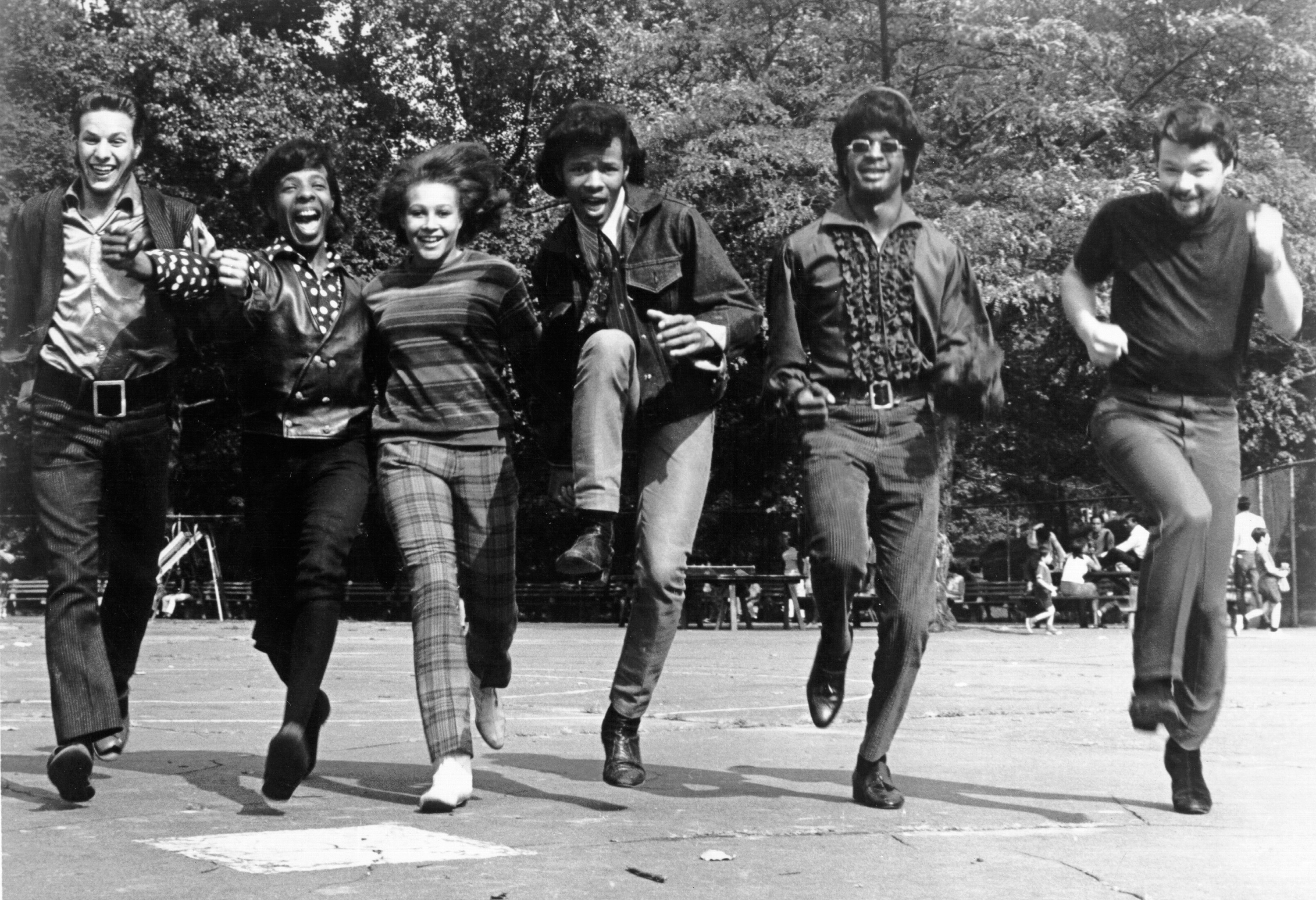 Sly Stone experimenting with drum machines in 1970 for I'm Just Like You by 6ix
Sly Stone experimenting with drum machines in 1970 for I'm Just Like You by 6ix
Image Credit: Michael Ochs Archives/Getty
Sly and the Family Stone were expected to follow their Greatest Hits anthology with a new studio album in 1970. Instead, Sly Stone chose to postpone recording and relocate his operations to Los Angeles, marking the first of many decisions that strained relationships within the band. For the following year or so, Sly withdrew from public view, causing frustration among bandmates, label executives, and fans. While drug use and growing paranoia contributed to this period, it was also a creatively fertile time for Stone as he experimented with new instruments, particularly emerging drum machine technology. Beatboxes were still a novelty at the time, not considered serious studio instruments by most musicians. However, through his own Stone Flower imprint, Sly began exploring their musical potential on the single “I’m Just Like You” by the vocal group 6ix. In a rare interview for the liner notes of I’m Just Like You, a Stone Flower anthology, Sly told Alec Palao, “All instruments are real. Anything that can express your heart, it’s an instrument, man.” By 1971, these ideas would fully materialize in the group’s groundbreaking album There’s a Riot Goin’ On. This experimental phase demonstrates Sly Stone’s forward-thinking approach to music production, influencing the sound of later Sly and the Family Stone songs and the broader musical landscape.
“Family Affair” (1971)
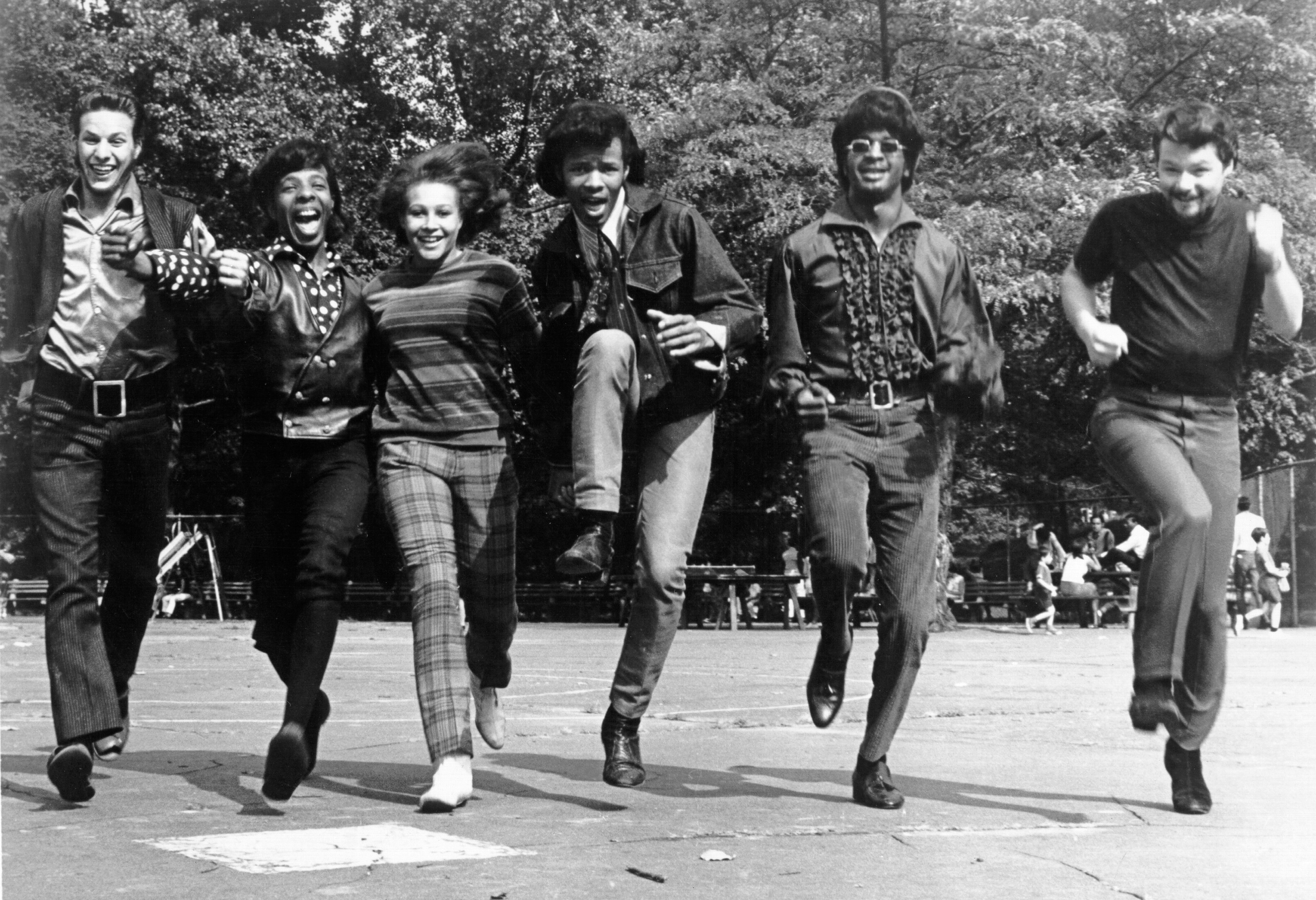 Sly and the Family Stone during the darker Riot Goin On era featuring Family Affair in 1971
Sly and the Family Stone during the darker Riot Goin On era featuring Family Affair in 1971
Image Credit: Michael Ochs Archives/Getty
Greil Marcus famously described There’s a Riot Goin’ On as an album that “was no fun. It was slow, hard to hear, and it isn’t celebrating anything.” In short, “It was not groovy.” These remarks were intended as compliments, as the album’s somber tones – both literally and figuratively – felt like an unflinchingly honest reflection of both the Family Stone’s internal conflicts and the disillusionment of America awakening from its late Sixties idealism to confront the bleakness of the early Seventies. The group’s last Number One single, “Family Affair,” marked a stark departure from the sunny optimism of “Everybody Is a Star,” replacing it with a meditation on human struggles and vulnerabilities, cleverly disguised within the hypnotic pulse of its drum machine rhythms. In a 1971 Rolling Stone interview, Sly insisted, “I don’t feel being torn apart,” but many around him suspected otherwise. “Family Affair” represents a significant shift in Sly and the Family Stone songs, reflecting a darker, more introspective mood and innovative use of drum machines.
“Running Away” (1971)
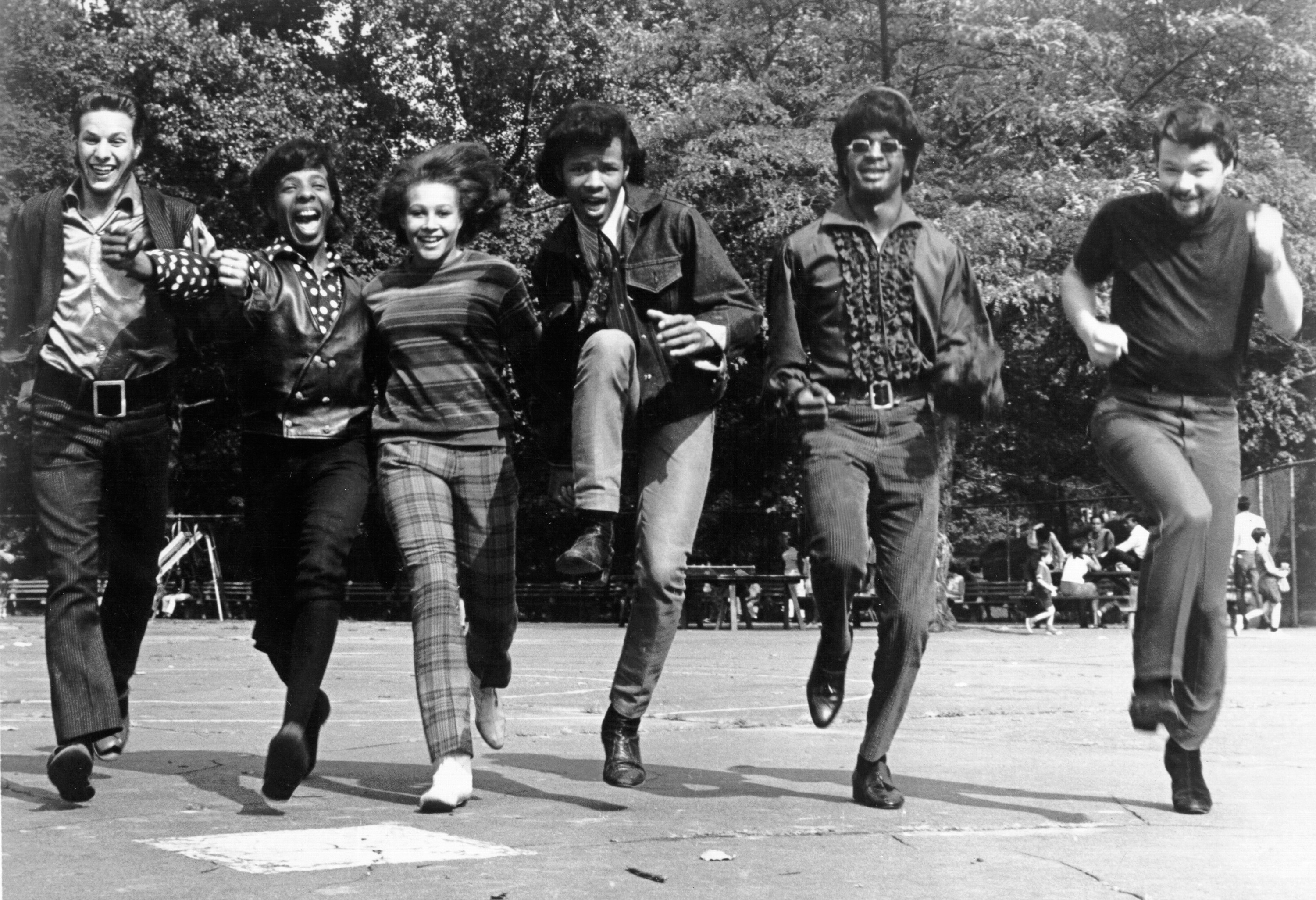 Sly and the Family Stone performing Running Away in 1971
Sly and the Family Stone performing Running Away in 1971
Image Credit: Michael Ochs Archives/Getty
Even more than “Family Affair,” “Running Away” conveyed a sense of internal conflict. The message was clear – “running away/to get away … you’re wearing out your shoes” – and the “ha-ha, hee-hee” laughter throughout the lyrics feels almost mocking. However, in contrast, the music itself is light and airy, featuring a jaunty guitar and bright brass section reminiscent of Earth, Wind & Fire. Cynicism had never sounded so cheerful. “Running Away” is a complex and paradoxical example of Sly and the Family Stone songs, blending upbeat music with downbeat lyrics, reflecting the turbulent times and Sly Stone’s evolving artistic vision.
“Luv N’ Haight” (1971)
 Sly Stone in his Los Angeles studio during the Riot Goin On sessions in 1971
Sly Stone in his Los Angeles studio during the Riot Goin On sessions in 1971
Image Credit: Michael Ochs Archives/Getty
During his period of seclusion in his L.A. studio, Sly Stone experimented extensively with playing every instrument he could access. While Riot still featured the Family Stone band members, many tracks were primarily Sly himself, overdubbing various instrumental parts. With each added layer, the sound quality progressively deteriorated into the hazy, drug-influenced sound heard on “Time,” “Thank You for Talkin’ to Me Africa,” “Luv N’ Haight,” and other songs – all sounding slurred and dreamlike. The effect was both alluring and ominous, a descent into the darker realms of funk. “Luv N’ Haight” is a prime example of the experimental and darker direction of Sly and the Family Stone songs from There’s a Riot Goin’ On, showcasing Sly Stone’s increasing control over the creative process and his exploration of new sonic territories.
“If You Want Me to Stay” (1973)
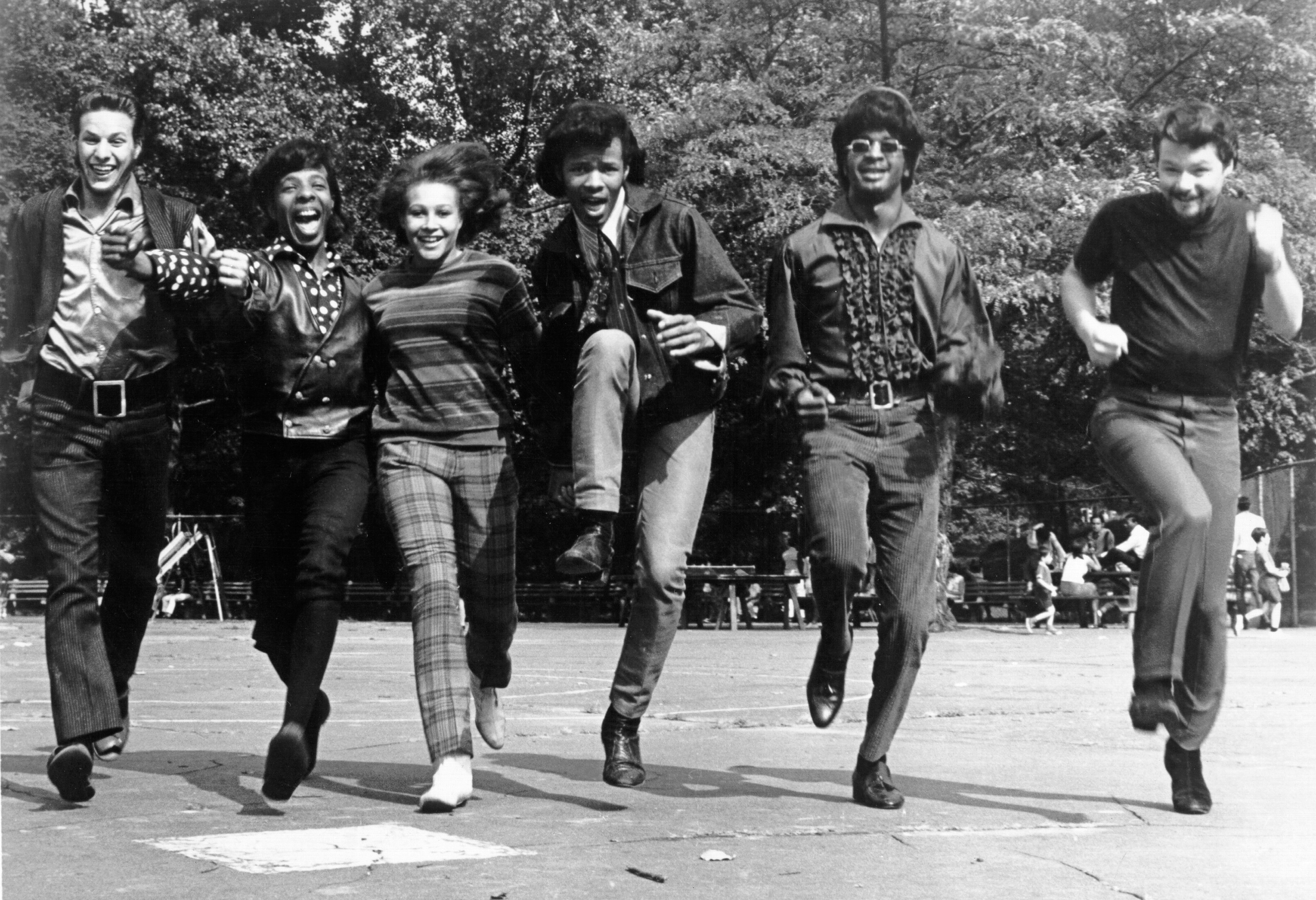 Sly and the Family Stone during the Fresh era featuring If You Want Me To Stay in 1973
Sly and the Family Stone during the Fresh era featuring If You Want Me To Stay in 1973
Image Credit: Michael Ochs Archives/Getty
The Family Stone began to fracture during the Riot era, marked by a series of infamously chaotic concerts. To work on his next album, Fresh, Sly returned to the Bay Area but started replacing key members who had been with him since the “Dance to the Music” era. Despite personnel changes, Fresh was a compelling follow-up to Riot‘s funk explorations, although less overtly dark and pathos-laden. “If You Want Me to Stay,” the album’s modest hit, still featured Sly maintaining a degree of emotional distance from his audience. As the singer explained in a radio interview, “That’s exactly what I meant, what I wrote. If you want me to stay, let me know. Otherwise, sayonara.” “If You Want Me to Stay” is a transitional piece in Sly and the Family Stone songs, reflecting both continuity with their funk sound and the increasing internal tensions within the band, as well as Sly Stone’s evolving persona.
“Can’t Strain My Brain” (1974)
 Sly Stone during the Small Talk era which featured Can't Strain My Brain in 1974
Sly Stone during the Small Talk era which featured Can't Strain My Brain in 1974
Image Credit: Michael Ochs Archives/Getty
The most understated critique of Small Talk, Sly and the Family Stone’s final group album of the 1970s, might have come in Billboard’s July 1974 review. An uncredited critic noted “not really much new in the way of presentation… but… there really is no need for a successful star to have to come up with something new on each LP.” They were not entirely wrong; Small Talk largely revisited familiar stylistic territory, but the formula still had appeal, particularly on the tightly constructed “Can’t Strain My Brain.” This song, like many Sly songs from this period, subtly hinted at his increasingly tenuous grasp on reality. “Can’t Strain My Brain” represents the later Sly and the Family Stone songs, showcasing a continuation of their established sound but also hinting at the personal struggles Sly Stone was facing, contributing to the eventual dissolution of the band.
“Remember Who You Are” (1979)
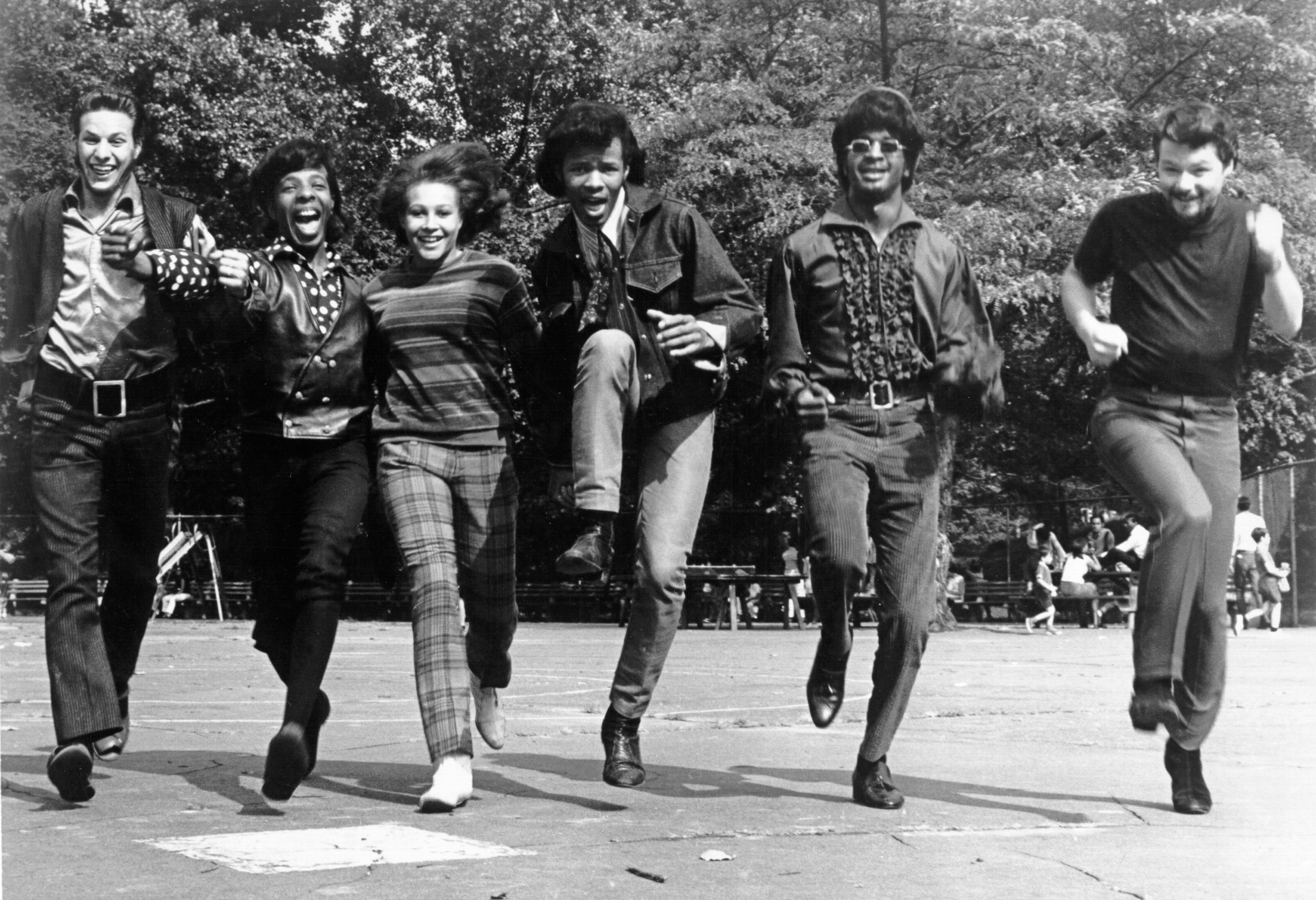 Sly Stone making a comeback attempt with Remember Who You Are in 1979
Sly Stone making a comeback attempt with Remember Who You Are in 1979
Image Credit: Michael Ochs Archives/Getty
Arguably the last truly great Sly Stone song, “Remember Who You Are” wasn’t a full-fledged return to the original Family Stone sound. Sly had disbanded the group several years prior, recording under his own name, including the 1976 album Heard Ya Missed Me, Well I’m Back, which featured one of the most awkwardly on-the-nose album titles in history. Back on the Right Track, released in 1979, seemed to acknowledge past missteps, and for “Remember Who You Are,” he reunited with siblings Freddie and Rose Stone to share vocals, recapturing some of the original Family Stone magic. “Remember Who You Are” stands as a poignant final chapter in the story of Sly and the Family Stone songs, offering a glimpse of their former brilliance and a sense of nostalgia for their golden era, even as Sly Stone moved forward in his solo career.
